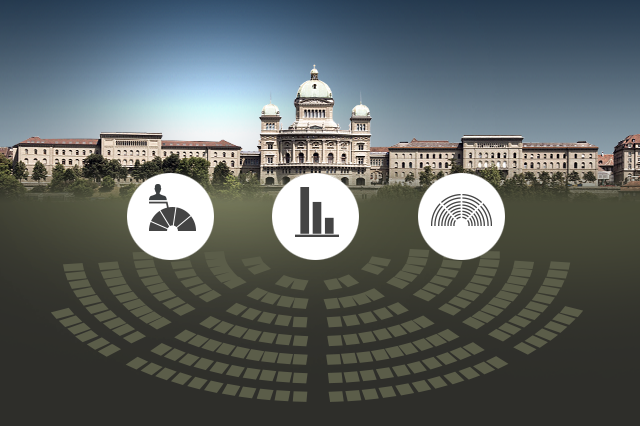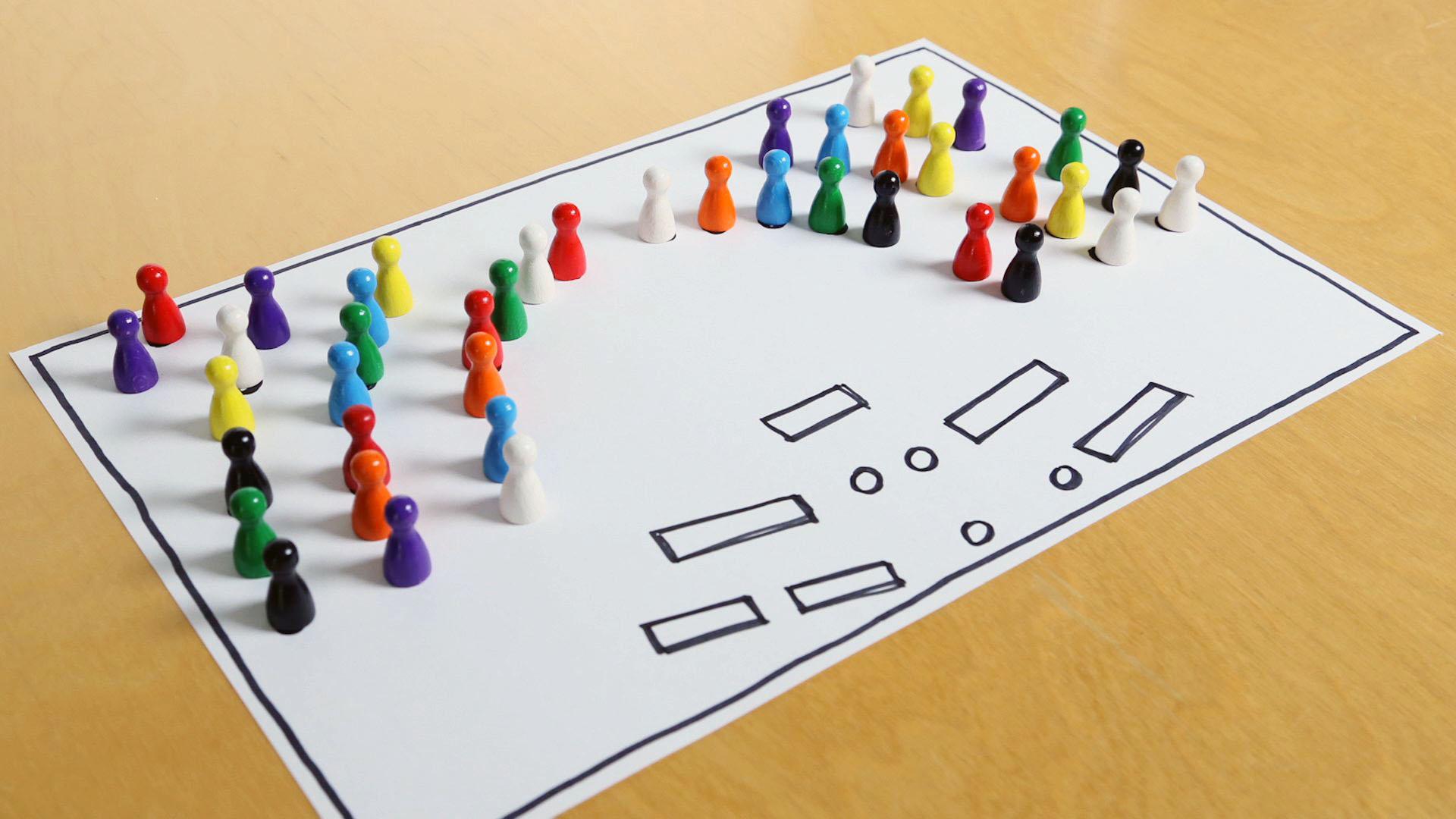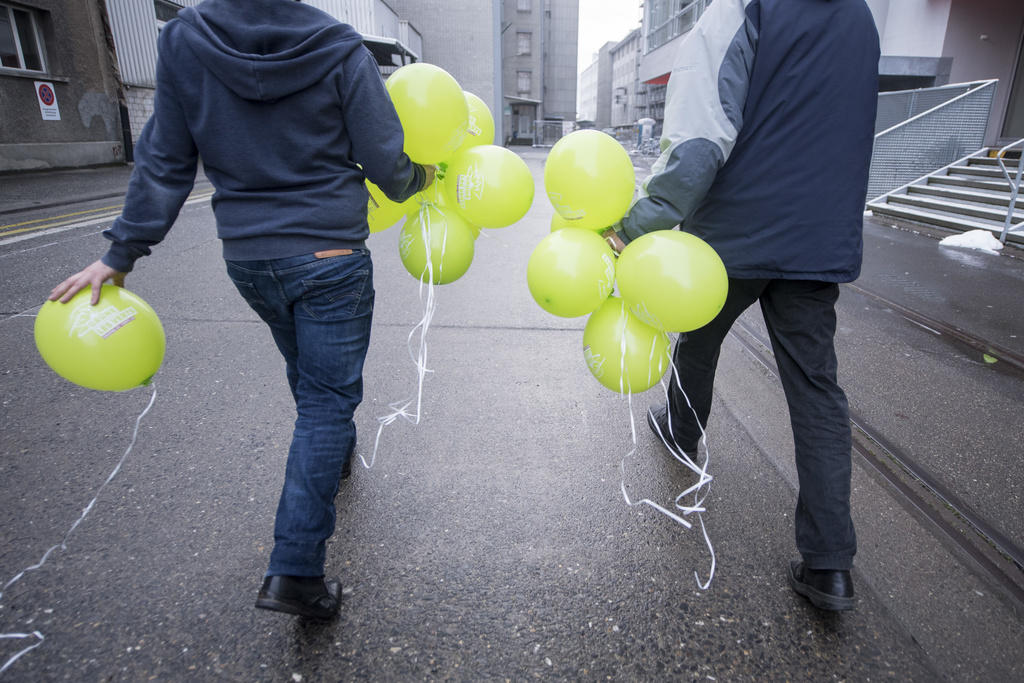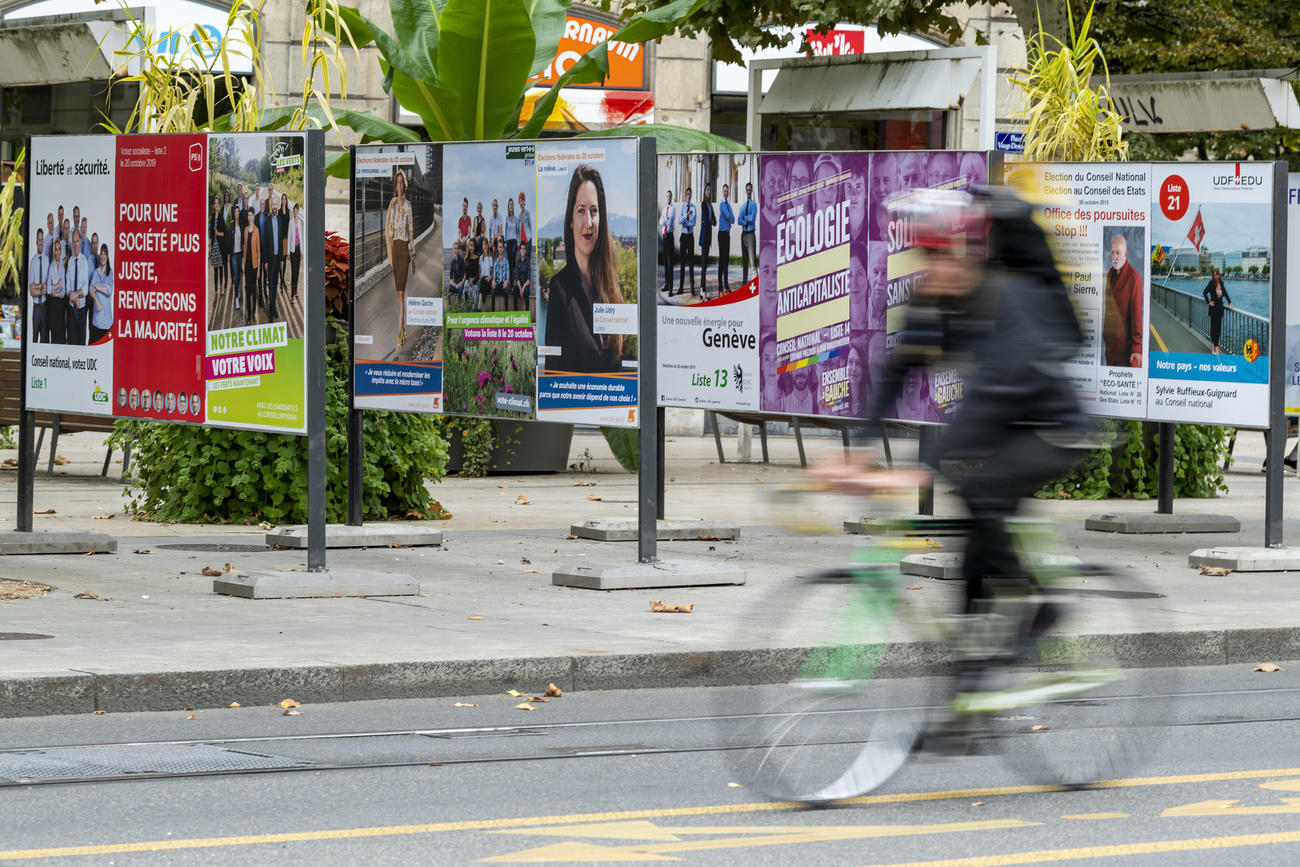Votes being counted for new Swiss parliament

Today, Swiss voters are choosing a new parliament for the next four years. Early results bear out a predicted slight shift to the left, with gains for parties such as the Greens who prioritise environmental issues.
Update: the latest election polls and analysis
At stake are the 200 seats in the House of Representatives and most seats in the 46-strong Senate. Not only is there a record number of candidates (more than 4,600) but also a record number of women hopefuls (nearly 1,900).
Among them are also 73 expat Swiss looking to be elected to parliament.
Here’s the latest on the national results:

More
Swiss elections: Landslide Green gains tip parliament to the left
Polls closed at noon across the country, with early results supporting pollsters’ expectations that voters are increasingly supporting the leftwing Greens and the smaller, more centrist, Liberal Green Party. In canton Aargau west of Zurich, considered a bellwether canton for nationwide trends, initial numbers show the Greens and Liberal Greens making gains in terms of percentages of votes, with the rightwing Swiss People’s Party suffering early losses. However, the Greens and Liberal Greens are expected to maintain their previous number of seats in Aargau.
In canton Zurich, both the Greens and Liberal Greens are projected to double their seats in the House of Representatives to four and six respectively, at the expense of both the leftwing Social Democrats and the rightwing People’s Party.
Canton Geneva is also reporting early gains for the Greens, with the party expected to take three total seats for the canton in the House of Representatives, an increase of two seats. In turn, the leftwing Social Democrats and the centre-right Radical Liberals are expected to lose a seat each.
In a surprise result, the Greens have also gained a Senate seat in the central Swiss canton of Glarus, at the expense of the People’s Party, and have made gains in Italian-speaking Ticino, where they won just 4% of the vote in 2015 – and 13% so far today.
Overall, pollsters expect the Swiss People’s Party to drop a few percentage points but remain the strongest group in the House. At the last parliamentary elections in 2015, it came top of all parties with 29.4% of the vote nationwide.
Polling numbers
In the latest opinion polls, the Greens and the centrist Christian Democratic Party were running neck-and-neck in terms of voter percentage (10%-11%) while the leftwing Social Democratic Party (around 18%) and the centre-right Radical-Liberal Party (about 16%) have been vying for second position behind the People’s Party.
However, the overall balance of power is not likely to change substantially. The Swiss parliament is traditionally dominated by four main parties from across the political spectrum. Under a long-standing agreement, these parties also share the seven seats in the government.
On December 11, the new parliament is scheduled to elect – and, as a rule, confirm – the government members for a four-year period.

More
How parliamentary elections work in Switzerland
Low-key
The election campaign has been comparatively low-key even by Swiss standards. This is partly because the People’s Party did not succeed in whipping up emotions like in previous elections, monopolising the public debate with its strong anti-European, anti-immigration ticket.
Instead it was the global issue of climate change that set the tone of the campaign throughout the year. The numerous street protests across the country undoubtedly politicised the younger generation in urban areas.
Another mass demonstration, the so-called women’s strike in June, might also be contributing to the outcome of the elections, helping to boost the number of women elected to both parliamentary chambers. Critics say the elections are a good opportunity to improve the situation for women, who are still underrepresented in Swiss politics.
At the moment, women account for 33% and 13% of the seats in the House and in the Senate respectively.
Taken together, the popularity of environmental issues and concerted efforts to mobilise female voters could lead to the highest turnout in 40 years with more than 50% of citizens participating in the parliamentary elections.
Observers also noted a stronger emphasis on digital campaigning, although posters and door-to-door or telephone canvassing have remained key tools.
Run-off elections
Final results for the elections to the House of Representatives are expected late on Sunday.
As for the Senate, run-off elections are likely in several of the 26 cantons as candidates might fail to win an absolute majority – more than 50% of votes. A second round of polling will be held in November where necessary.
The Christian Democrats and the Radical-Liberals traditionally hold a clear majority in the Senate. Under the parliamentary system in Switzerland, both chambers have equal powers.
About 5.3 million Swiss citizens were eligible to take part in the parliamentary elections on October 20.
Unlike four years ago, it was no longer possible to use e-voting as the government suspended the ongoing trials due to security concerns.
Registered expatriate Swiss could also participate in the elections to the House of Representatives and in some cantons also to the Senate.

More
The Green wave, women lawmakers, and new majority-makers

In compliance with the JTI standards
More: SWI swissinfo.ch certified by the Journalism Trust Initiative














You can find an overview of ongoing debates with our journalists here . Please join us!
If you want to start a conversation about a topic raised in this article or want to report factual errors, email us at english@swissinfo.ch.